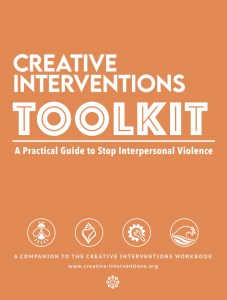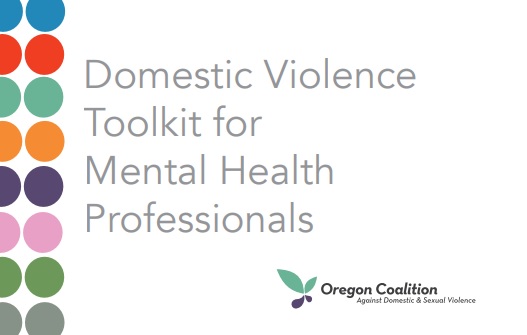Resources Library: Training Modules
Start a Search:
Building Healthy Relationships Across Virginia
The Teen Dating Violence Prevention Facilitator’s Guide began its “life” in February 1996. The project benefited greatly when Cindy Katona agreed to lead the working committee. With her dedication, enthusiasm and remarkable creativity, Cindy inspired an amazing number of people to do an incredible amount of work. She also recruited vast numbers of volunteers from the Winchester area as ad-hoc members of the committee to field test and refine the curriculum. The First Edition of the guide, titled “Virginia Responds: Teens Building Violence-Free Relationships,” was published by VADV in early 1997, and was welcomed by a diverse range of professionals working with teens.
The year 2004 marked the official beginning of VSDVAA and a greater focus on primary prevention work. It was in this environment that dating violence prevention work with
teens became a priority, and VSDVAA took on the formidable task of revamping the Teen Dating Violence Prevention Facilitator’s Guide. Drawing upon the expertise and
enthusiasm of members of VTDVP Taskforce, VSDVAA staff member Brad Perry was able to obtain invaluable feedback about how the First Edition of the guide was being
used and how a subsequent edition should be modified in order to maximize functionality. Dozens of meetings and countless work hours later, a new, more streamlined
guide began to take shape with a greater focus on activities.
Creative Interventions: A Practical Guide to Stop Interpersonal Violence

Creative Interventions was founded to shift education and resources back to families and communities. Established in 2004, the project aimed to place knowledge and power among those most impacted by violence. Creative Interventions sought to make support and safety more accessible, stop violence at early stages of abuse, and create possibilities for once abusive individuals and communities to evolve towards healthy change and transformation.
In their words:
"This Toolkit the result of a 3-year period from 2006 to 2009 during which CI joined with partner organizations in the San Francisco Bay Area including Asian Women's Shelter, Shimtuh, Narika, and La Clinica de la Raza. We also had partnerships with other individuals and organizations such as those listed in Section 0.2: A Community Effort. Our organizations worked closely together to create a different, alternative approach to issues of domestic violence and sexual assault. All of our organizations have years of experience working in mostly immigrant communities on the issues of domestic violence and sexual assault. And all were interested in coming together to try to create different options for people experiencing violence. The 3-year project that we called the Community-Based Interventions Project brought our team together to create a new vision for violence intervention, to work with people experiencing violence, and to develop a model and tools from our work during that time."
Check out these toolkits developed by people who want to end the cycle of violence in our communities and our world. The 500+ page toolkits are available for download in English and Spanish but clicking the links below. Additional resources are available by visiting the Toolkits section of their website.
Domestic Violence Toolkit for Mental Health Professionals

The Oregon Coalition Against Domestic & Sexual Violence (OCADSV) provides a toolkit for mental health professionals to better understand the links between mental health and domestic violence. It examines how DV is expressed and what that poses for those who are impacted by these forms of DV.
Elder Abuse and Domestic Violence in Later Life: Innovative New Resources for the Community
This archived webinar and power point presentation address the issues of elder abuse and domestic violence in later life. Additionally, they provide the faith-based community, service providers in aging and violence prevention and other interested individuals with a key new resource to help them respond appropriately and assist people in abusive situations to get the help they need. Lisa Furr with the Virginia Center on Aging and Adrienne Johnson with SeniorNavigator presented with Dr. E. Ayn Welleford (Virginia Commission on Alzheimer’s Disease and Related Disorders/Virginia Commonwealth University) moderating.
Elder Abuse, Neglect, and Exploitation
Who are the victims of elder abuse, neglect and exploitation? Does it surprise you to know that most elder mistreatment is committed, not by strangers, but by persons known to the victim, such as family members, caregivers and others in positions of trust? How is suspected abuse reported? And how can professionals work collaboratively to better address this complex issue?
These questions and more are addressed in this archived webinar and power point presentation titled “Elder Abuse, Neglect and Exploitation.” Dr. Paula Kupstas and Lisa Furr of the Virginia Center on Aging presented on the topic; Dr. E. Ayn Welleford (Virginia Commission on Alzheimer’s Disease and Related Disorders/Virginia Commonwealth University) moderated the discussion.
https://alzpossible.org/elder-abuse-neglect-and-exploitation-2/

